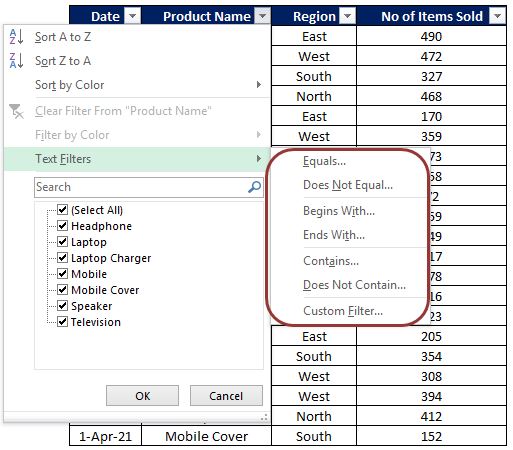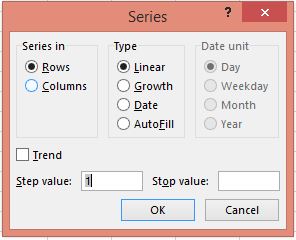Absolute and Relative Reference in Excel
When we are working with formulas or functions in excel we have to deal with Absolute or Relative Reference or combination of these two in Excel. These reference styles are basically associated with cell address of the cells where we are using any formulas or function. We will see these reference style one by one. In excel “Relative Reference” style is a default reference style.
Relative Reference:
To explain “Relative Reference” we will use formula to calculate sum of two numbers. In “Column A” we have listed 1st number and in “Column B” we have listed 2nd number.
To add the number listed in “Column A” and “Column B” we have used a formula in “Column C” as shown in below image. The output of this formula is also shown beside.
Now, copy the formula from cell “C2” to the cells C3, C4, C5 and C6. The output of addition will be seen as shown in below image.
Now select Range “C2:C6” where we have copied the formula to add the numbers from cell “C1”. Select “Show Formula” command which is available in “Formulas” Tab under “Formula Auditing” group.
By selecting this command, we can see the formulas we have used in selected cells. Here we can observe that the formulas with red highlighted cells are changing relative to the cell “C1”.
Hence this referencing style is called as “Relative Reference”.
Absolute Reference:
There may be situations when we do not want to copy the formula to other places with Relative Reference. It means the cell address of formula which we want to copy to other locations should remain constant throughout the spreadsheet. This reference style is called as “Absolute Reference”.
To use “Absolute Reference” we use “$” sign in the cell address when we are writing formula. Let’s take an example to calculate percentage of 05 numbers.
We have listed 05 numbers in difference cells and calculated sum of all the 05 numbers in next cell. Now we have to calculate the percentage of these 05 numbers by using formula (Number/Sum*100).
If we try to copy this formula to other cells by using Relative Reference then we will get an error as shown in below image. The reason behind this is the value which we want to copy from total cell is not constant.
To make the total value constant we have to use “$” sign in cell address i.e. we are using “Absolute Reference” style. With this we will now get the proper desired output.
Now, select range where formula to calculate the percentage of all the numbers is written. Now, go to “Formulas” Tab and in “Formula Auditing” group, select “Show Formula” command.
By selecting “Show Formula”, we can see the formula which we have applied to the selected cells. We can now see the “$” sign for each cell where we have written a formula to calculate percentage (in the formula for the cell address of cell which calculates “Total”).
This reference style is called as “Absolute Reference” style.
Mixed Reference:
There are some cases where we have to use the combination of Absolute and Relative Reference. This is called as “Mixed References”. We are not going to see the detailed example of “Mixed Reference” in this blog post but we will only see the types of “Mixed Reference”.
There are 02 types of “Mixed References”:
1. Copy only rows with reference to original formula (Columns are locked with “$” sign)
2. Copy only columns with reference to original formula (Rows are locked with “$” sign)
Summary:
Below table will help you to summarize the Relative, Absolute and Mixed References in excel.



















Comments
Post a Comment